Israeli researchers find opium residue in 3,500-year-old pottery
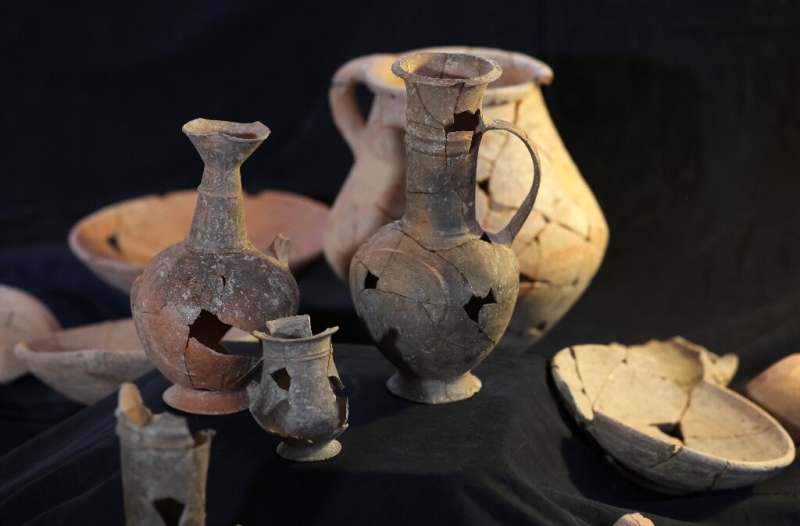
Israeli archaeologists said Tuesday they had discovered opium residue in 3,500-year-old pottery pieces, providing evidence to support the theory that the drug was used in ancient burial rituals.
The joint investigation by the Israel Antiquities Authority and Weizmann Institute of Science began in 2012 when excavations in the central Israeli town of Yehud revealed a series of Late Bronze Age graves.
Researchers found pottery vessels at the site that resembled poppy flowers—from which opium is derived—dating back to the 14th century BC.
They then examined whether they had served as containers for the drug, which earlier writing had suggested was used in burial rituals in Canaan, and found "opium residue in eight vessels", the researchers said in a statement.
These were likely "placed in graves for ceremonial meals, rites and rituals performed by the living for their deceased family members", said Ron Be'eri, an archaeologist with the antiquities authority.
-
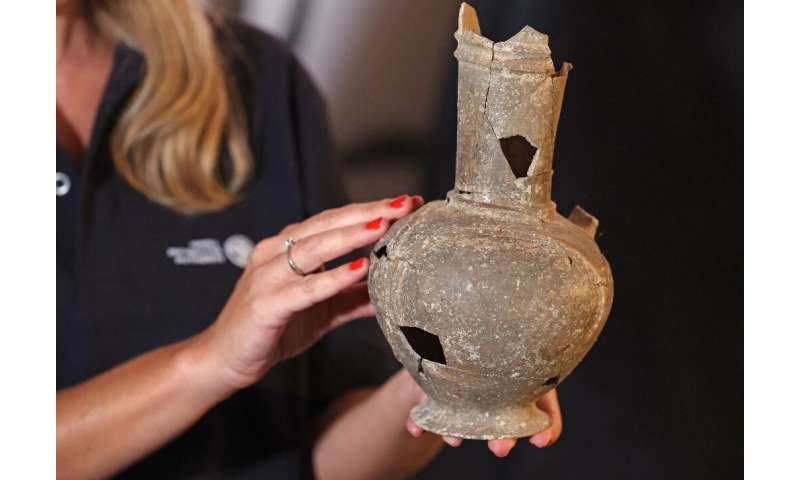
Much remains unknown about the use of opium in ancient times. -

A Canaanite tomb with various gravegoods and sacrificed animals, which were offered to the deceased by his relatives during the burial ceremony. A storage jar, covered by two cups, was placed above his legs to mark his burial place. The cups may have served in a ceremonial feast or in a libation ceremony. The vessels placed beside the deceased were intended for use in the afterlife. Credit: Assaf Peretz, Israel Antiquities Authority. -
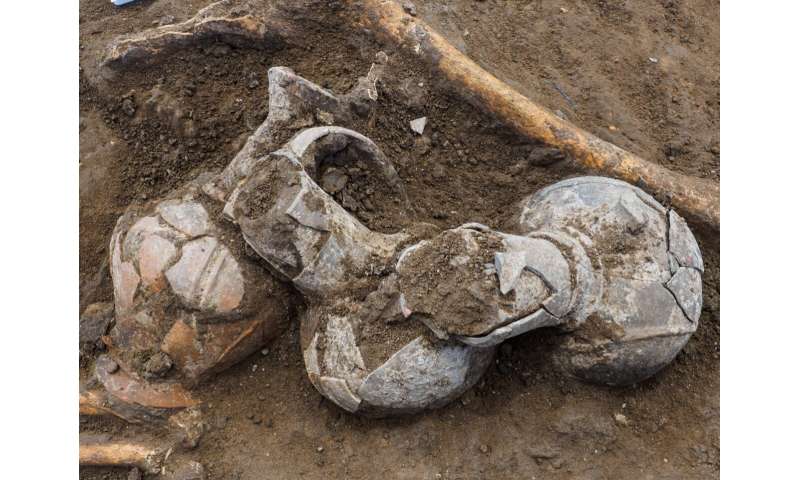
These Cypriot jugs and juglets were laid on the deceased. Remains of opium were found in several of the vessels. Credit: Assaf Peretz, Israel Antiquities Authority. -
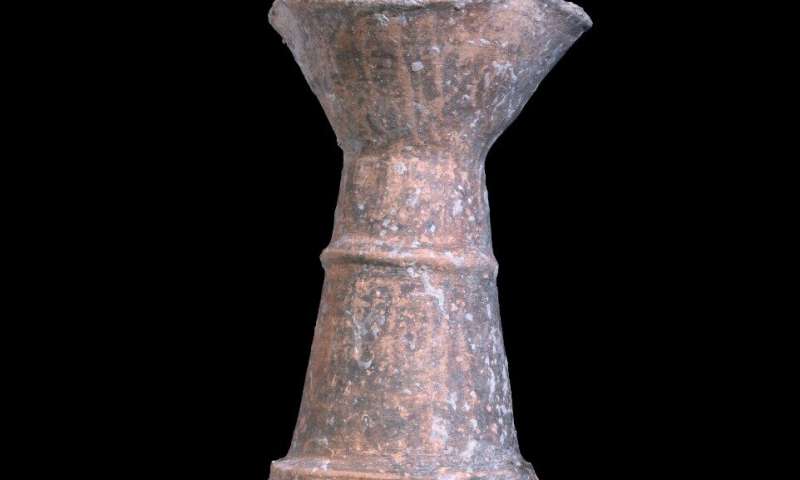
This juglet was imported from Cyprus. Handmade and fired in a very high temperature, it served — like a modern perfume bottle — to advertise and market its content. When turned upside-down it resembles a poppy-seed pod, from which opium is produced; indeed, remnants of opium were found in the vessel. Furthermore, the decoration of clay strips attached to the body of the juglet represent the incisions made in the pod and the latex (the liquid containing the opiate substance) oozing out of them. Credit: Clara Amit, Israel Antiquities Authority. -
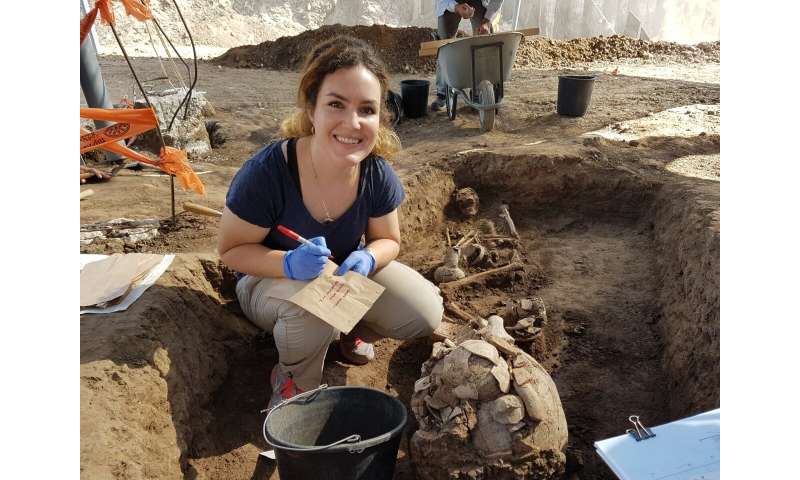
Vanessa Linares. Credit: Tel Aviv University
During these ceremonies, "family members or a priest on their behalf" would "attempt to summon the spirit of their dead relatives... and enter an ecstatic state by using opium", Be'eri said.
But he acknowledged that much remained unknown about its use in ancient times. "We can only speculate what was done with opium," he said.
More information: Vanessa Linares et al, Opium trade and use during the Late Bronze Age: Organic residue analysis of ceramic vessels from the burials of Tel Yehud, Israel, Archaeometry (2022). DOI: 10.1111/arcm.12806 , doi.org/10.1111/arcm.12806
© 2022 AFP





















